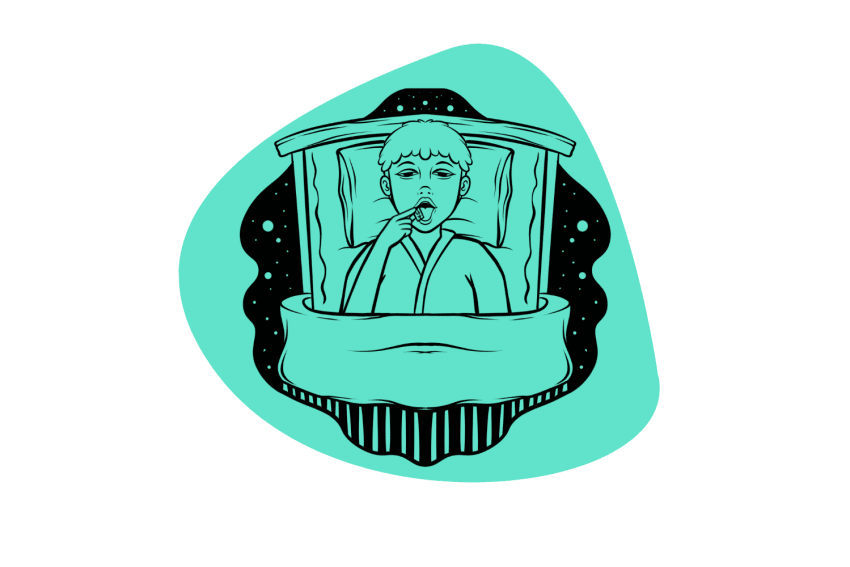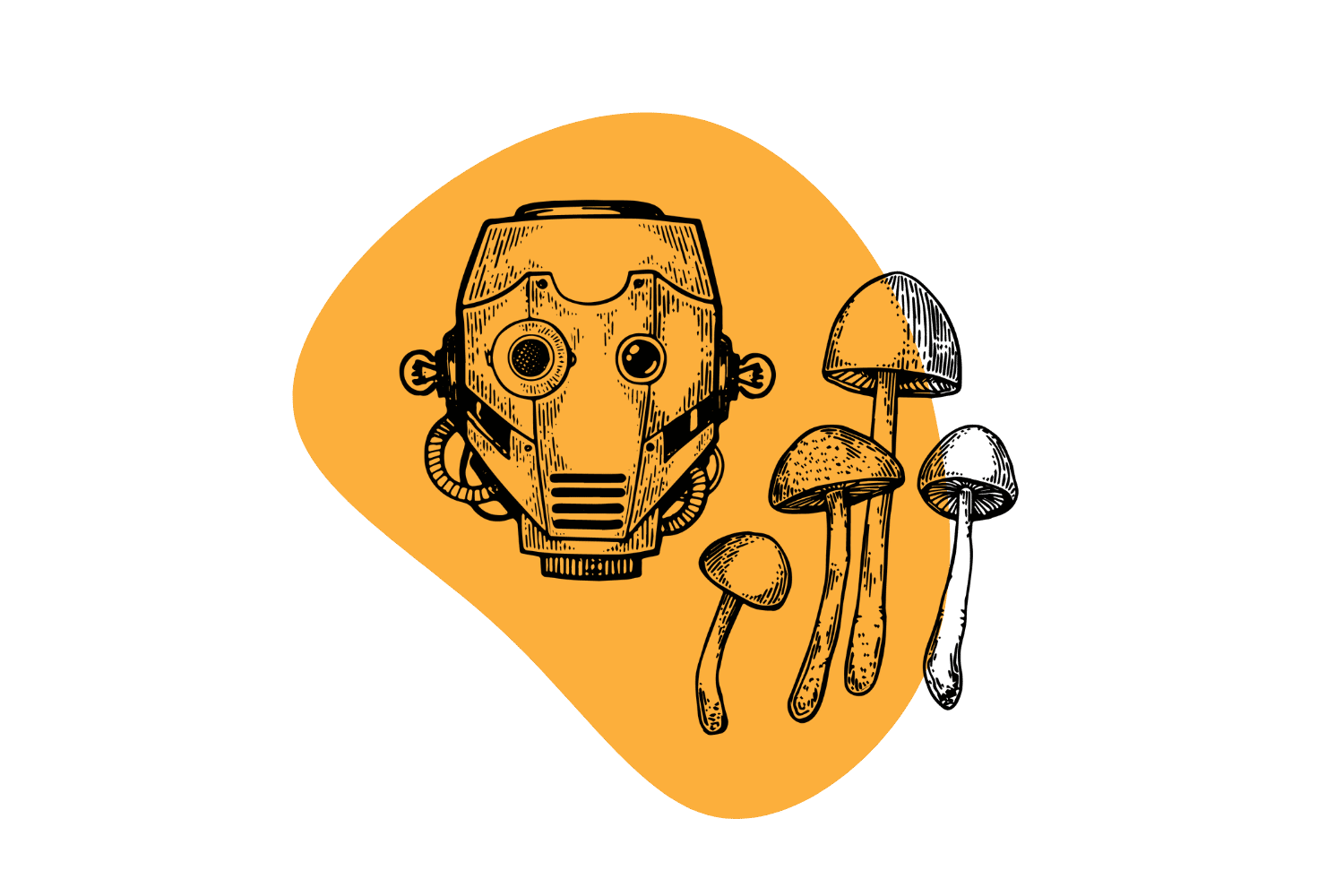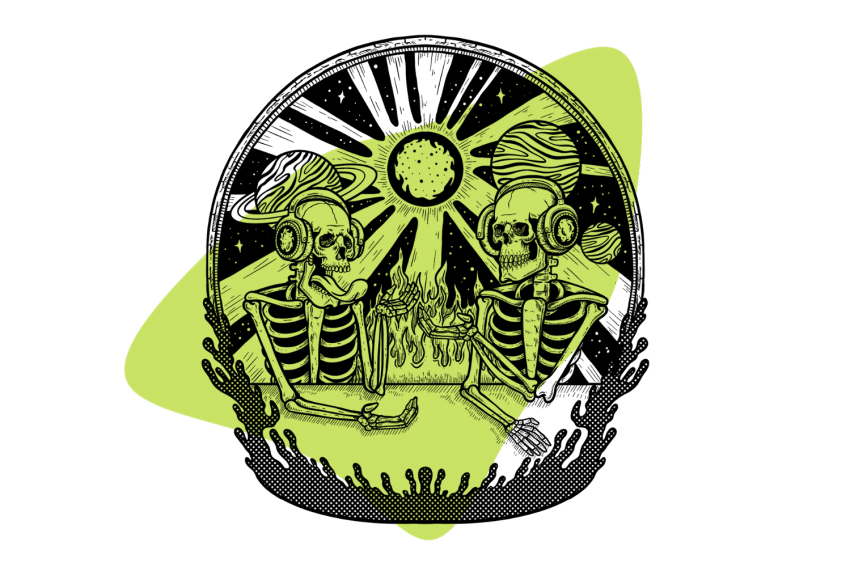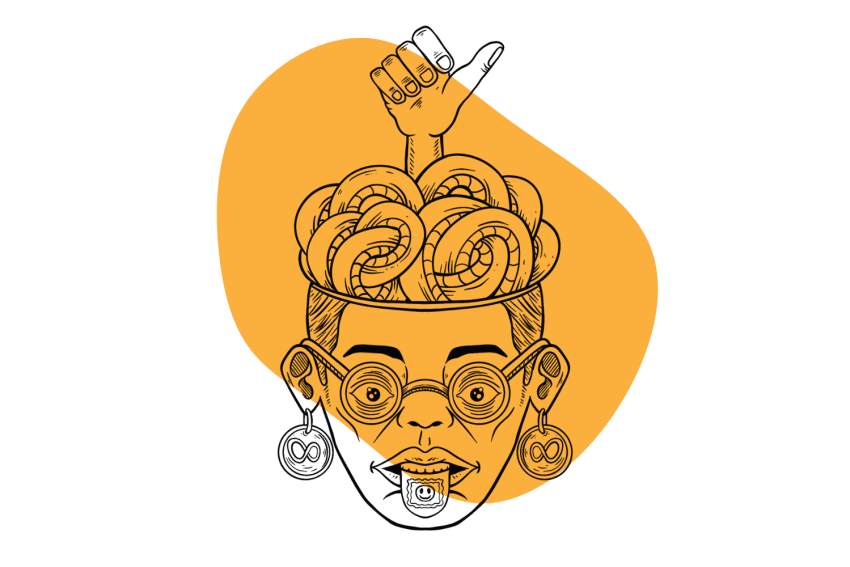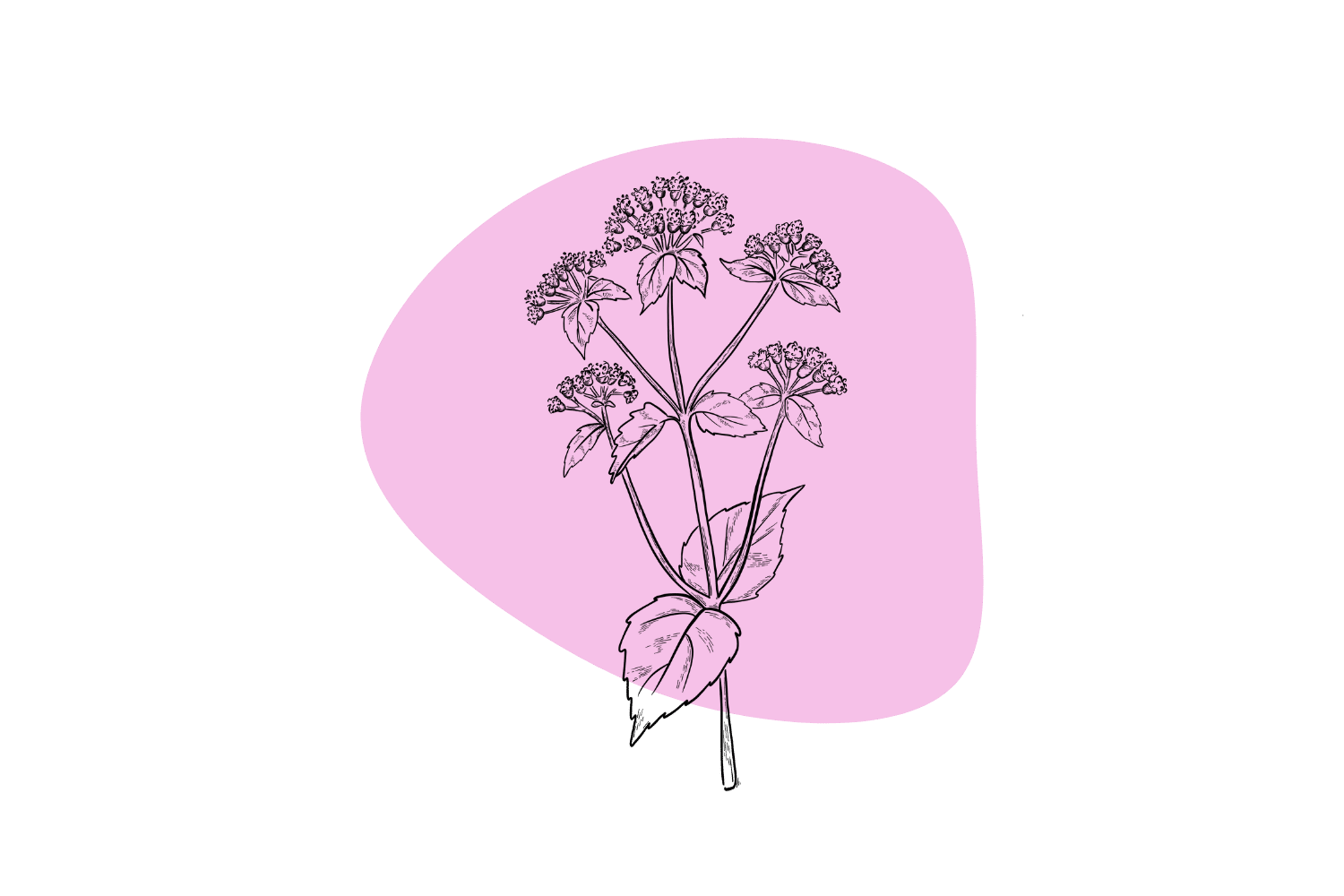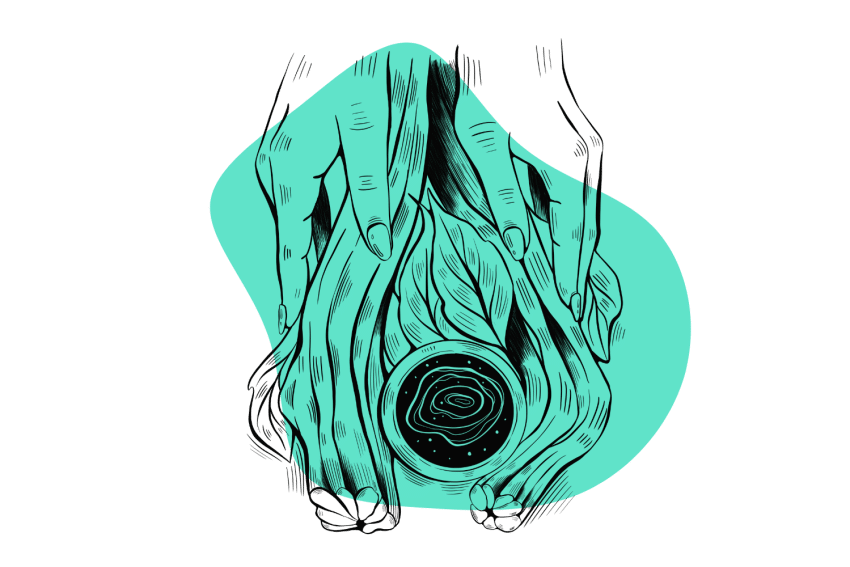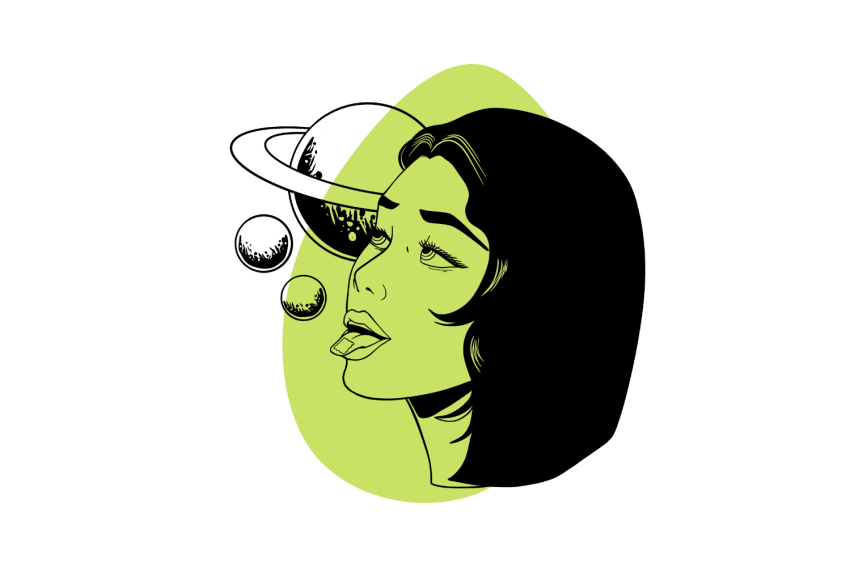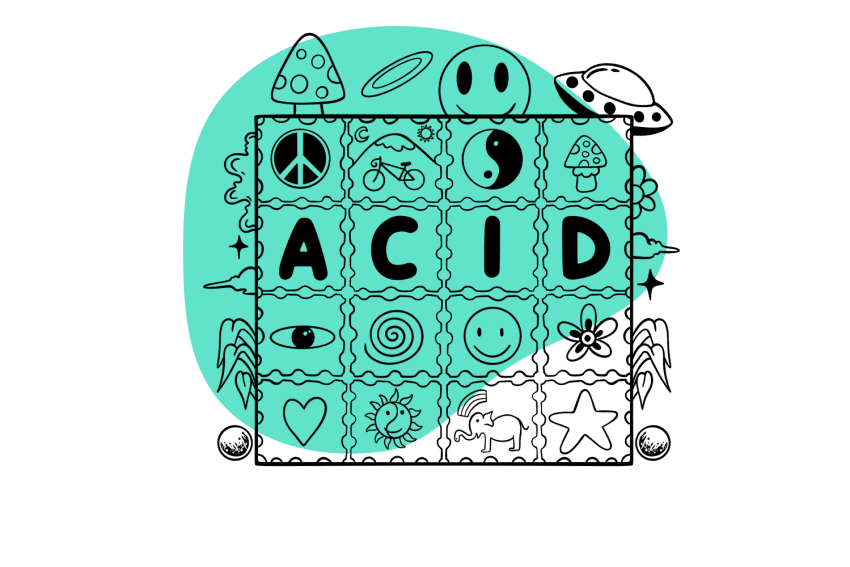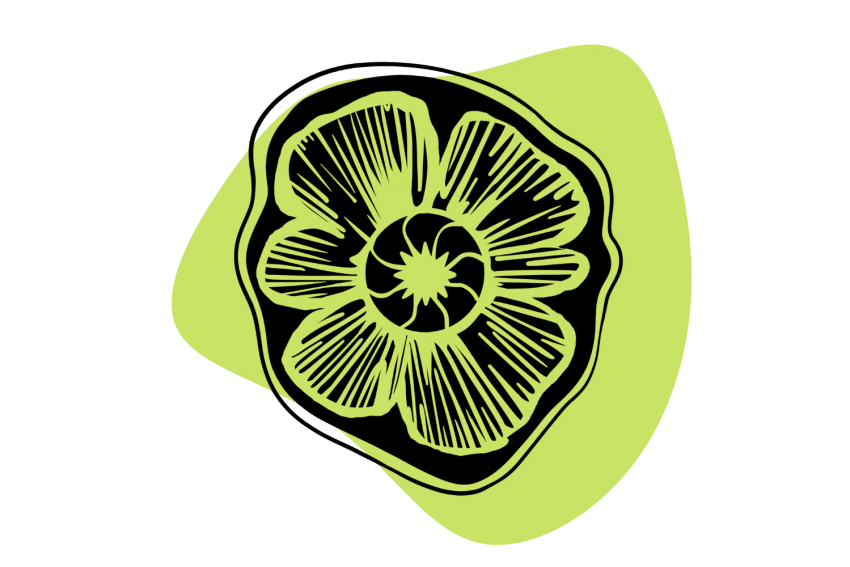Tusi (Pink cocaine)
Bags of pink powder have been creeping around the globe for a few years now. What’s in them?
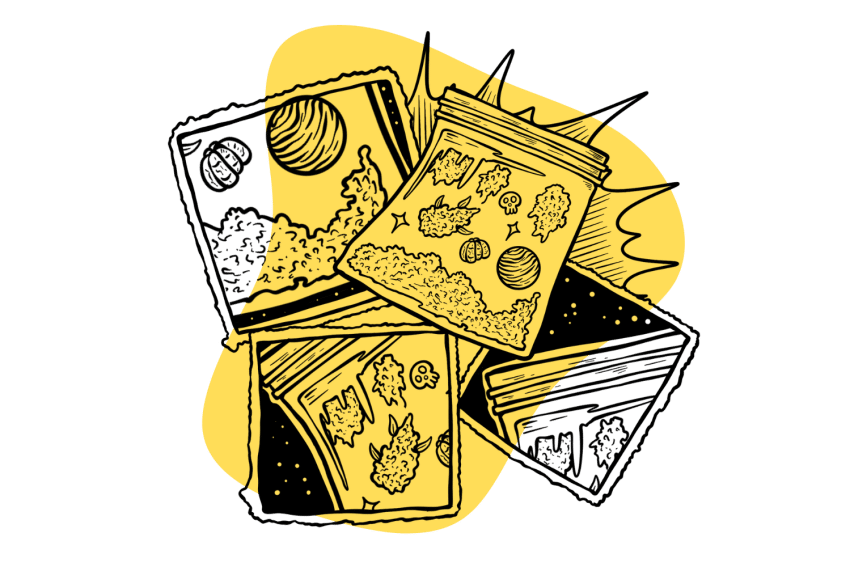
Tusi, AKA pink cocaine (cocaina rosada) or tucibi, is a recreational drug known for its pink color and variable composition.
Originating from Medellin, Colombia, tusi is not a single substance but a polysubstance mixture that commonly includes ketamine, MDMA, cocaine, caffeine, LSD, or anything else the dealer may have had lying around. It’s a bit of a “drug salad.” Pink dye is added at the end to give it a distinct pink color.
Dealers often use “leftovers” like old pills and remains of cocaine to prepare tusi and sell it as a high-priced designer drug product.
The variability in tusi’s composition makes it a particularly risky drug, with the potential for harmful or even deadly effects due to its unpredictable ingredients. Tuci from one batch can have dramatically different effects than tusi from a separate batch.
This article was originally published on Tripsitter’s newsletter.
Subscribe for free or consider a paid subscription to support our work.
Tucibi & 2C-B are NOT the Same Thing
Despite the name “tucibi” sounding phonetically similar to 2C-B, the two substances are distinctly different. 2C-B is a psychedelic drug developed by Alexander Shulgin, whereas tusi is a street drug with no consistent recipe. Testing by harm reduction organizations and law enforcement has confirmed that tusi almost never contains 2C-B.
Online communities and markets have discussed and sold tusi for nearly a decade, often under various names such as tuci, tussy, and tucibi.
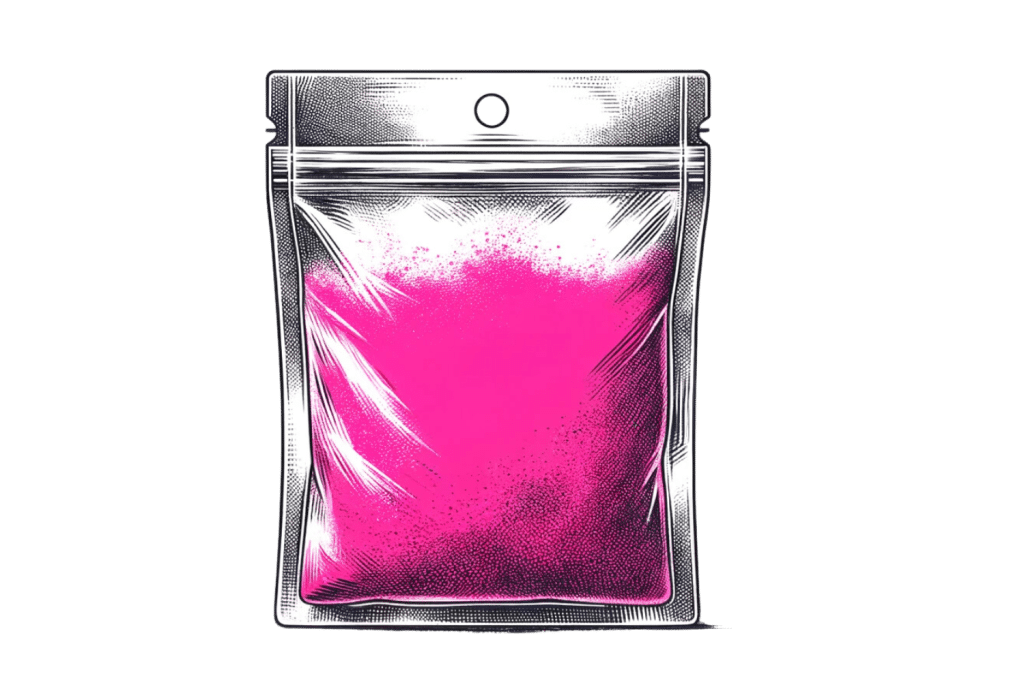
The History of Tucibi
The story begins when 2C-B apparently arrives in Medellin in the early 2000s, with small amounts smuggled in by wealthy Colombians returning home after studying in Europe, according to an investigation by Insight Crime.
El Colombiano, a Colombian newspaper, notes as early as 2007, hospital admissions involving some kind of psychedelic substance suggests 2-CB.
Initially, 2-CB was an “elite” drug, only obtainable in exclusive circles. Cocaine is cheap and abundant in Colombia, and 2-CB’s rarity and high price point made it the loftier choice.
2-CB is not ideal for snorting, with one Redditor saying it’s like “snorting lightning, razor blades, molten shards of glass, or some combination of the three.” Some suspect that in an effort to improve the experience sweet, strawberry, or cherry flavoring was added, along with pink coloring, which would prove to be a clever marketing move.
The ubiquitous title of pink cocaine helped fuel early hype and was coined by police telling the local press in Colombia they had seized “cocaina rosada.” The phase caught, and demand for the sexy new drug is thought to have jumped. But 2-CB isn’t a common drug, especially not in South America.
With this gap in the market, a man known only as “Alejo” entered the scene in Bogota. Alejo set up shop as the first “tusi refiner,” according to Revista Semana. With a proprietary recipe mimicking the effects of 2-CB Alejo by mixing uppers and downers with the addition of pink dye, tusi was born.
However, Alejo was stepping on the toes of established traffickers. Multiple times, he fled for his life until he secured protection from rival gangs whose turf he was operating within. Whether anyone knew the difference between 2-CB and tusi didn’t seem to matter. Soon, Alejo was moving kilograms of the powder per week, which sold for over 30x the price of cocaine.
At the time, tusi was said to cost over one hundred dollars per gram. Dubbed the compound of “models and queens,” tusi was the sensuous drug of high society.
In 2015, Alejo’s operation fell apart. Police apprehended his protectors, and Alejo was kidnapped by a rival group and forced him to share his secret recipe. The knowledge of tusi’s makeup soon spread throughout the underworld, with pink cocaine on its way to becoming an international product.
Quickly after this, the revelation hit — one could mix literally any drugs together and dye them pink. If it was pink and got you high, dealers could capitalize on an established and high-ticket brand.
A free-for-all ensued. Tusi producers interviewed by VICE mention little intent behind tusi production other than “to get people hooked” while adding that they didn’t use the drug themselves because of “damage to the central nervous system.”
The now “democratized” tusi saturated Colombian markets, but tusi’s elite status was waning, as the drug is available to the common folk at a mere twenty dollars per gram, allowing pretty much anyone with the gumption to start producing tusi to get into the business.
The drug arguably holds a stronger position in the culture than ever, being the topic of multiple rap and reggaeton tracks and the inspiration for guaracha, the tusi-inspired genre.
However, abroad, tusi initially established itself as a high-class compound.
An article focused on tusi’s use in Spain with a harm reduction group mentioned pick cocaine being regarded as a luxury drug, going for up to 100 dollars per gram. The article compares this to a gram of cocaine costing sixty dollars.
Tussi has even made appearances in the high society satire Instagram account Supersnake, suggesting the pink powder is making the “elite” rounds of the Northern Hemisphere, too. In Europe, there have been multiple busts of Colombians and British making tusi in Spain, and large amounts of it have been intercepted en route to Ibiza.
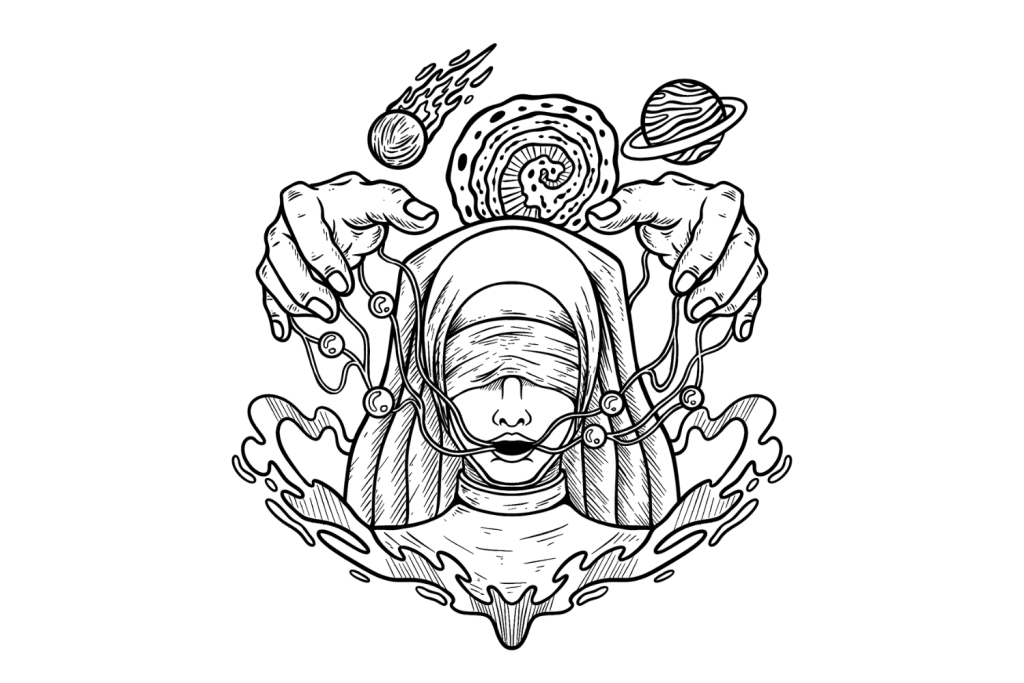
What is Tusi Made of?
Unfortunately, tusi can be made from anything. The UN report tallied up reports from around South America in 2021, showing the most common substances are ketamine and MDMA.
However, an abundance of other substances have been found in pink powders:
- Caffeine
- Methamphetamine
- Cocaine
- Tramadol
- Ibuprofen
- MDA
- Fentanyl
- Xylazine
- Etizolam
- DXM
- Alpha-PhiP
- LSD
The list above is not exhaustive. Harm reduction organizations Get Your Drugs Tested and The Loop released an alert showing nearly half of tusi samples contain “unknown substances.”
Spanish harm reduction group Energy Control analyzed 150 samples of pick cocaine from 2019 to 2022 and found cocaine only in two, with some samples containing aspirin.
A database of tusi samples can also be found on DrugsData.org and Get Your Drugs Tested.
Is Tusi Safe?
There is no consensus online about the recipe for tusi. As a result, this drug, or any other “pink cocaine” you might find, should be approached with extreme caution, as its exact contents are uncertain.
Always test your substances before you take it. While it’s impossible to determine the exact chemical makeup of tusi without advanced analytical equipment, there are some ways to see what kind of stuff might be in it. Certain compounds, like fentanyl, should always be tested for and avoided.
Unfortunately, home testing can be challenging or ineffective for tusi. Most home test kits use reagents to determine the presence of specific compounds. If the tusi sample you’re testing contains lots of MDMA, it could overtake the test and mask other colors, indicating different compounds. Even a wide range of colorimetric reagents would likely not determine the contents very well.
The unpredictable blend of substances means that even if tusi contains common ingredients like ketamine, MDMA, cocaine, and caffeine, the proportions and subsequent effects can vary significantly. Drug interactions are possible, and overdose risk is heightened.
Several organizations offer testing services to analyze tusi samples around the world, including:
- Drugsdata.org (USA)
- Energy Control (Europe)
- Get Your Drugs Tested (Canada)
- Wedinos (UK)

